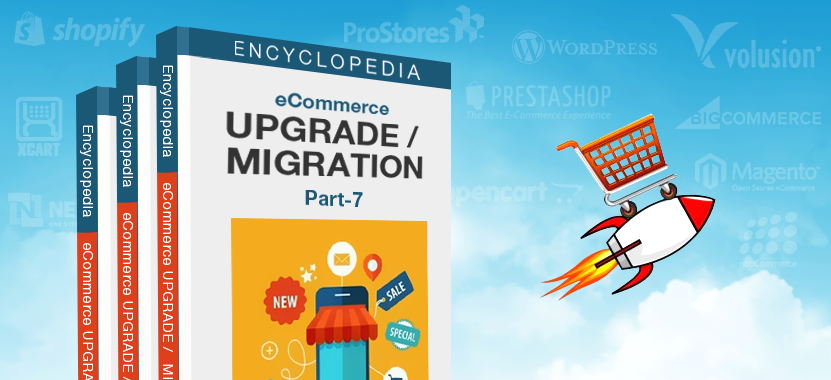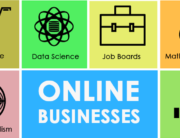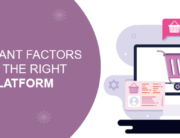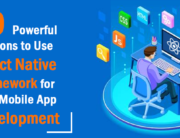Encyclopedia of eCommerce Upgrade / Migration: Part 7
Evaluating and Emulating your eCommerce Store’s Add-Ons
Introduction
Every eCommerce business needs unique and creative features to help the store perform functions more advanced than what the platform itself can. These features are mostly used to gain leverage over the competition and enhance the overall shopping experience of the users. Since eCommerce platforms cannot offer each one of these wide ranges of features as inbuilt functions, Add-Ons are used to fill in the gaps.
This makes add-ons an incredibly important asset for eCommerce stores and an equally important pillar of migration. Add-Ons provide ecommerce stores with that extra boost which helps them stand out, increase the effect of their marketing efforts and hence their overall sales and conversions.
Let’s see how these assets of an eCommerce store are transferred to the new platform during migration.
Analyzing and Prioritizing your existing Functionalities

In simple words, Add-Ons are installable enhancements that increase the capability of your store to perform extra functions that otherwise may not have been possible by the platform. The migration of these enhancements does not follow the conventional process like most of the other aspects of the store and is more of a comprehensive analysis, research, and integration rather than a simple migration.
With the above statement, it becomes pretty clear that the first step of this phase is Analysis. You will first have to proceed with the analysis of your Add-Ons. This is to be done by listing out all the add-ons you are currently using and their respective functions. You need to make sure that you don’t miss out on any important function of each of the Add-Ons. Apart from the Add-Ons, you should also list down other functionalities of the store too. These could be both inbuilt features and custom features created by you.
Although not a compulsion, this step is still important and will only benefit you and your business. You should now prioritize all the mentioned functionalities and the add-ons. This means that you eliminate the add-ons that haven’t been really beneficial and remove the functionalities that you haven’t been using much. Clear out those functionalities too that haven’t been generating the ROI you expected too. Removing extra functionalities and features will help you create room to add better and more advanced features to your store. Plus, having too many plugins too raises a number of serious problems that hinder the performance of your store and the overall shopping experience. Prioritizing your store features and the add-ons to use will help you eliminate such issues.
Once you’re done with all of this, you will now have a list of crucial features for your new store. You can also use this opportunity to create a plan to include new and more unique features for your new store. This is a great time for you to sit down with your teams to decide on functionalities that will help you grow your business, streamline your operations, reach out to a wider audience etc. Planning this out beforehand is extremely necessary because unlike your previous store, executing the functionalities on your new platform will be completely different and will require a good amount of research. This will be covered in detail below.
After this elaborate analysis of your store’s functionalities and its add-ons, you should have a complete list of features and an idea of how you expect your new store to function. With this in hand, you can move on to transferring this to your new platform.
Migrating your Add-Ons

As mentioned earlier, migrating your store’s add-ons follow a rather unconventional process and include analysis, research, and integration. In the previous section, we covered the analysis of the store’s functionalities. The next steps to be followed are research and migration.
By this time, there is a high probability that you may have already decided on your choice of the new platform. If you already have made a decision that would be great because the research step of this process involves a deep look into the platform’s capabilities. If not, well then you will just have to weigh all your choices simultaneously with regards to how they would offer the functionalities you’ve listed down. This could also help you in the making a decision as you will be able to analyze which platform will better support the features you desire for your store.
A point to note, the research part of this process will require some development expertise on the platforms of your choices to make more sound decisions. Once you have access to them, you can initiate the phase.
Now, each platform has a different way executing different functionalities. While you can use an add-on to execute a particular feature on one platform, the other may not have a similar add-on available. But it might just be able to implement the feature with some simple customizations in the core or it may even have the same thing as an inbuilt feature. Since you have the list of your desired functionalities laid out, you can analyze how each platform will execute each of those features. Prefer a platform that has a lot of those features inbuilt and requires lesser third-party plugins.
With the help of your developers, move on to finding out which platform requires which add-on to execute which feature, which platform would require just a little code customization for it and which platform already has it inbuilt. The developers will guide you through the whole scenario of how each feature will be implemented on each platform.
Once the above process is completed, the only thing left is the integration of the add-ons. Once you choose your platform, you go ahead and find the required plugins you need and integrate them with your new store. If the feature requires customizations, then ask your developers to take care of it.
Conclusion
With the integrations and customizations complete, you will now have a new store with the best features of your previous store and some new features that make the new store even better. Similar to all other processes, the last step of this process is to test out all the store’s new functions. Test them to see how efficiently they work and how effective they are delivering the expected results. With that, you can mark the successful migration of another important aspect of your online store.







Leave A Comment